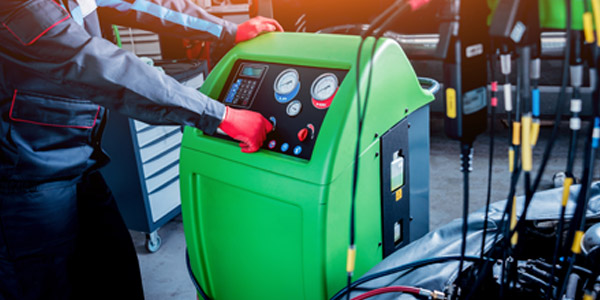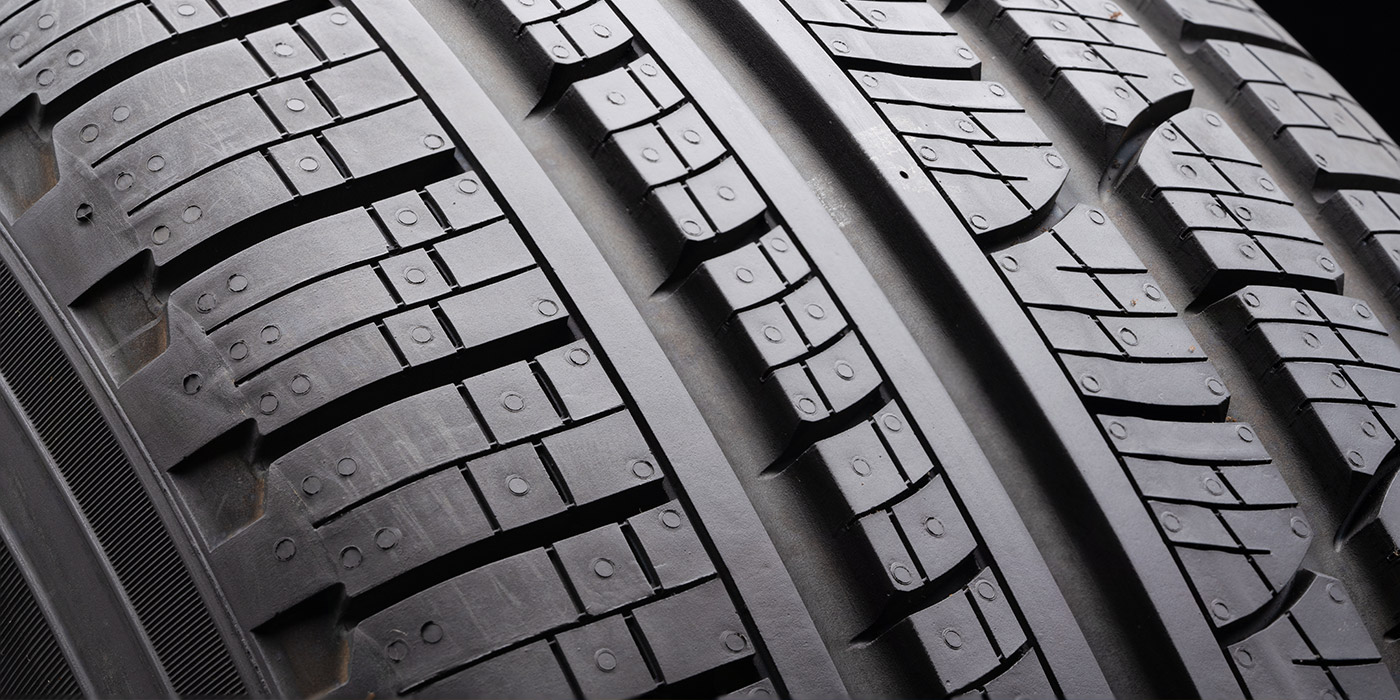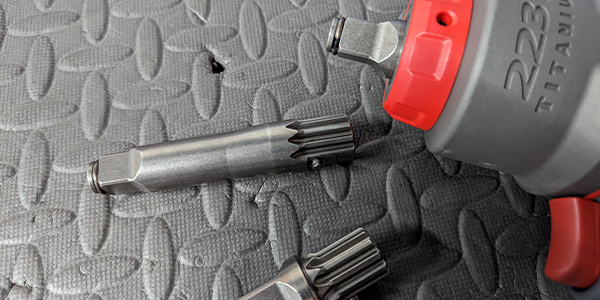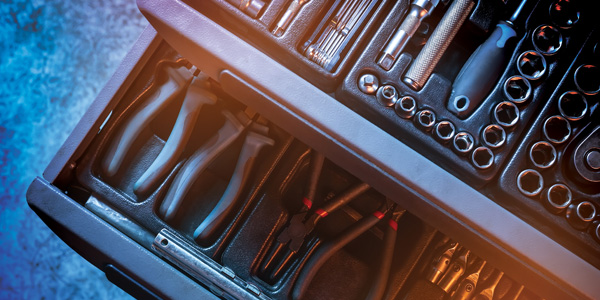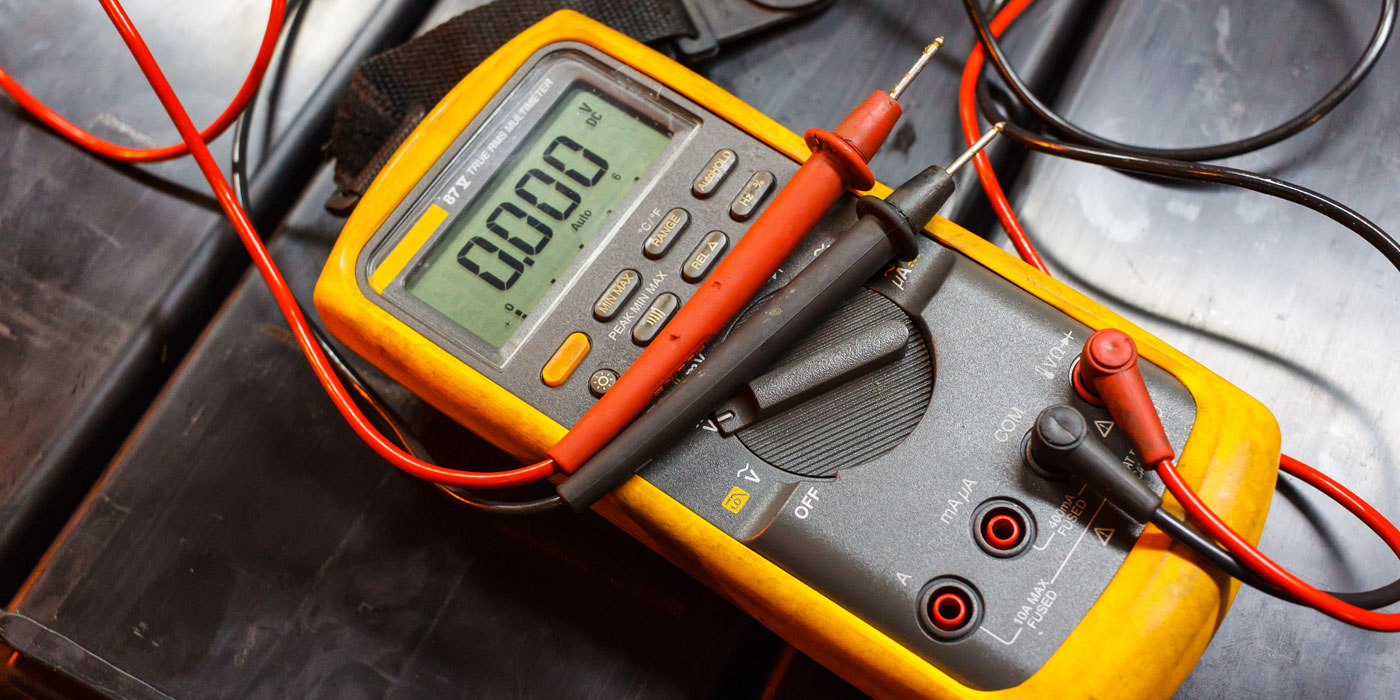I used to think the blacklight was invented in the ‘60s, specifically to go with a really groovy blacklight poster. But then I started working on cars and learned the blacklight was anything but new. It was the name given to a lamp, available in many different forms from a fluorescent fixture to a flashlight, that emits ultraviolet (UV) light. The posters came later.
UV light is invisible to the human eye, but some materials respond to UV light by emitting a glowing visible light, an affect called fluorescence. This affect has many uses on top of just the groovy ones, but for us in the automotive world, it’s been one of the most tried and true techniques for finding leaks in air conditioning (A/C) systems, with the use of UV leak detection dye.
After the automotive industry transitioned to R134a in the ‘90s, UV dye became a technician’s best friend. The smaller R134a molecules were able to find ways out that could elude even the best “sniffers” on the market and cause many a technician headache. UV dye was the answer to find these more elusive leaks, but is it still? Electronic leak detectors are much more sensitive and accurate than they were years ago and increasing in popularity as a result.
The answer, however, is still yes, but with the changing technology of A/C systems and today’s cars, it’s more important than ever to heed the cautions surrounding its use.
One of the primary cautions with UV dye is that it should only be added once to an A/C system. Too much dye can reduce the lubrication properties of the oil, which can spell disaster with the compressor. Another concern is compatibility. Most A/C dye is considered universal and is compatible with both R134a and R1234yf, but don’t forget about electric vehicles (EVs). They utilize electrically driven compressors, which require oil with high dielectric properties, meaning it won’t conduct electricity. You must be sure to use dye that maintains these dielectric properties. Using the incorrect oil or dye in an electric compressor can cause diagnostic trouble codes to set, shut down the compressor itself, or worse, allow high voltage to bleed through the compressor and pose an electrocution hazard.
The most notable aspects of modern A/C systems are the low volume of refrigerant and the oil retention technology of the compressors. These go hand in hand. Oil creates a thermal lining on the surface of the evaporator and condenser, which reduces their heat exchange efficiency. By reducing the amount of oil coating the inside surfaces, heat exchange efficiency is increased, so less refrigerant can be used to obtain the same result.
What this means is that both the oil and refrigerant quantities are far more critical than they used to be, and accuracy is critical for proper system operation.
It used to be a common practice to install UV dye in any A/C system after performing work to it. The general idea was that having dye in the system was a useful tool that could save time in the future if another leak developed. Due to the effect of oil capacity on system efficiency, that practice may well diminish, and many auto manufacturers already prohibit the use of dye during the warranty period.
In addition to the increased importance of system capacities, there’s also less tolerance for leaks. The reason? R1234yf is considered mildly flammable. This is why 1234yf machines take a long time to recharge. They go through multiple leak-check cycles, and they rely on a micron vacuum gauge to help determine if there is a leak.
A micron vacuum gauge is an electronic gauge that offers much higher accuracy than a traditional mechanical gauge. This not only allows the precise determination that all moisture is removed from a system prior to charging, but also more accurate leak detection. When servicing a modern A/C system, don’t hope there’s no more leaks, and don’t add dye “just in case.” With modern equipment, you can be confident and know there’s not a leak.
Today’s technician assesses each job and chooses the best tool to use. A/C dye is one of those tools, but it will be used with a greater respect of today’s A/C systems. TS


